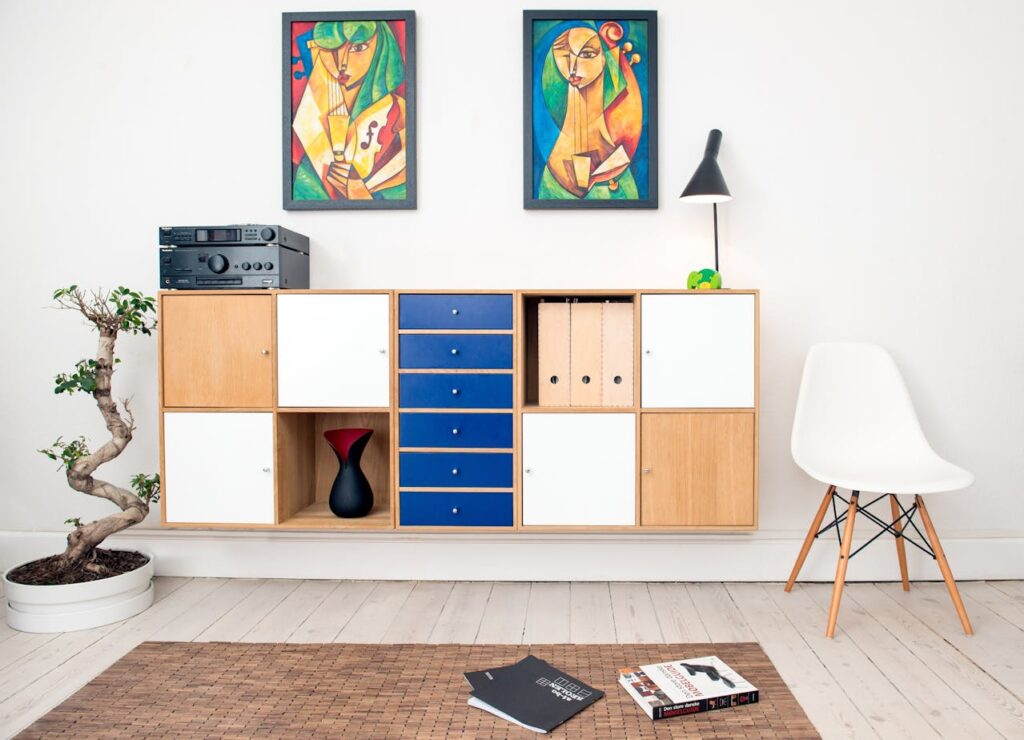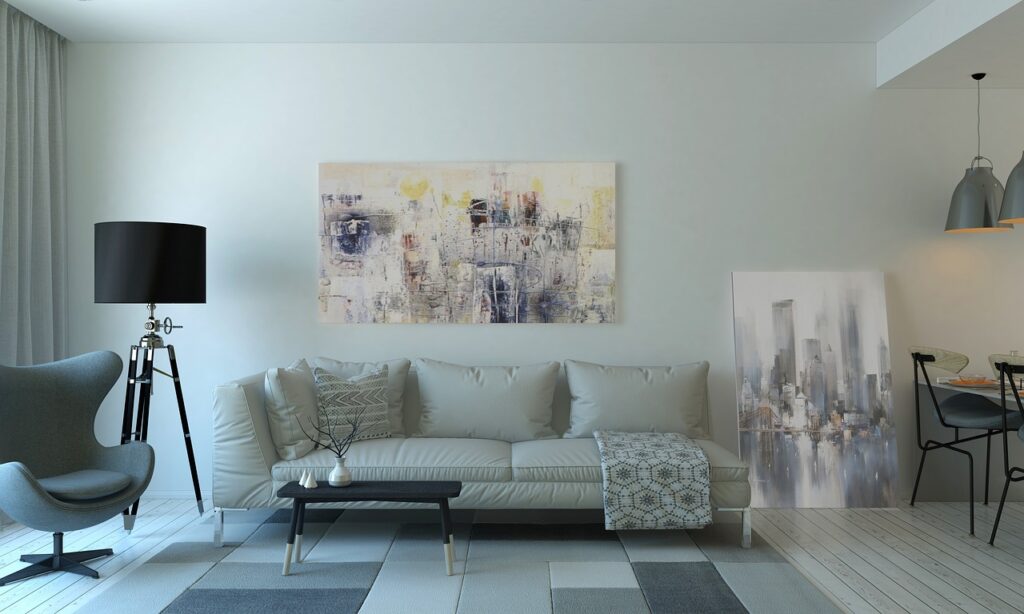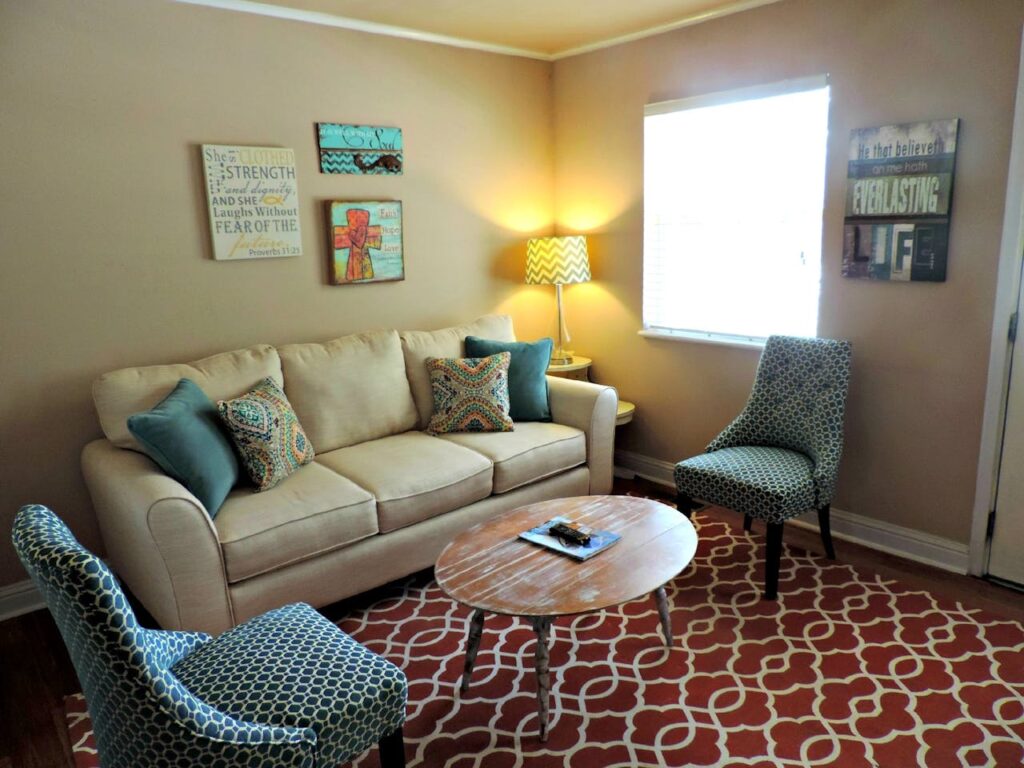
Choosing the right interior design style for your home can be both exciting and daunting, especially with so many options available. Each style carries its unique charm, and understanding the nuances between them is essential for creating a space that resonates with your personality and lifestyle. In this guide, we explore some popular interior design styles, comparing their key features to help you make an informed decision.
Comparing the Most Popular Design Styles

To make your interior design journey easier, it helps to understand the key characteristics of popular styles. From sleek modern interiors to the warm embrace of rustic design, comparing these styles will give you clarity and inspire you to create a home that suits your preferences and needs. Let’s delve into some of the most common and captivating design trends.
1. Modern vs. Contemporary
Modern design is rooted in the mid-20th century, characterized by clean lines, functional furniture, and a neutral color palette. It prioritizes simplicity and often incorporates materials like glass, steel, and polished wood. Modern interiors exude a timeless quality, with minimal ornamentation and a focus on open spaces.
Contemporary design, on the other hand, is fluid and ever-evolving. It reflects current trends and often blends elements from various styles. Unlike modern design, contemporary spaces embrace bold colors, contrasting textures, and innovative lighting. While modern design remains constant, contemporary interiors adapt, making them ideal for those who enjoy staying ahead of trends.
2. Minimalism vs. Scandinavian
Minimalism follows the philosophy of “less is more,” focusing on decluttered spaces and functional design. It relies on a neutral color scheme, clean geometric shapes, and multifunctional furniture to create a serene and organized environment. Minimalist spaces are perfect for those seeking simplicity and tranquility.
Scandinavian design shares minimalism’s love for simplicity but adds warmth and coziness. It incorporates natural materials like wood and wool, along with a soft, muted color palette. Scandinavian interiors emphasize comfort through textures and hygge-inspired elements, such as plush rugs, throws, and soft lighting. This style is ideal for creating a welcoming and functional space with a touch of nature.
3. Industrial vs. Rustic
Industrial design takes inspiration from factories and warehouses, featuring exposed brick, metal pipes, and raw finishes. It celebrates rugged, urban aesthetics with neutral tones like gray, black, and brown. Industrial interiors are bold and edgy, often incorporating vintage-inspired furniture and statement lighting.
Rustic design, in contrast, is all about warmth and natural charm. It highlights organic materials like reclaimed wood, stone, and cozy textiles. Rustic spaces exude a countryside vibe, with earthy color palettes and handmade decor items. While industrial design leans toward urban sophistication, rustic design invites you to relax in a cozy, nature-inspired retreat.
4. Transitional vs. Traditional
Transitional design strikes a balance between modern and traditional styles, creating spaces that feel timeless yet updated. It blends classic furniture silhouettes with contemporary materials and neutral colors. Transitional interiors are versatile, making them suitable for a wide range of tastes.
Traditional design, by comparison, draws heavily from European decor of the 18th and 19th centuries. It features ornate details, rich fabrics, and antique-inspired furniture. Traditional spaces often have symmetry, detailed moldings, and a warm, inviting ambiance. This style is perfect for those who appreciate classic elegance and timeless beauty.
Tips for Finding Your Style

When deciding on an interior design style, consider your personal preferences and how you want your space to feel. Are you drawn to the clean lines of modern design or the warmth of rustic aesthetics? Explore online resources, visit furniture showrooms, or create a mood board to visualize your ideas.
Don’t feel pressured to stick to one style. Mixing elements from different styles can result in a unique and personalized space. Start small by incorporating accessories, furniture, or colors that resonate with you, and build your design gradually.
Final Thoughts
Understanding the differences between interior design styles empowers you to make thoughtful choices for your home. Whether you gravitate toward the simplicity of minimalism, the charm of Scandinavian design, or the elegance of traditional aesthetics, the key is to create a space that reflects your personality and meets your functional needs. By exploring and experimenting, you’ll find the perfect style that transforms your house into a true home.

